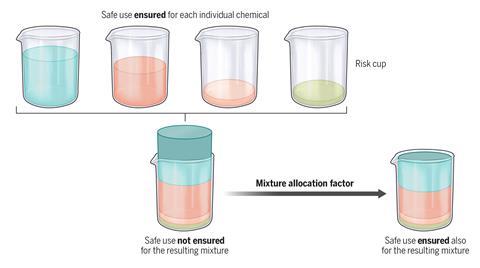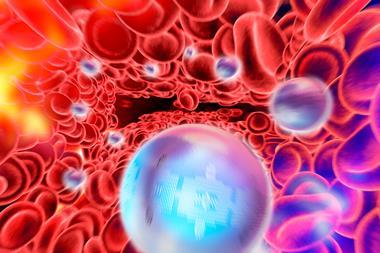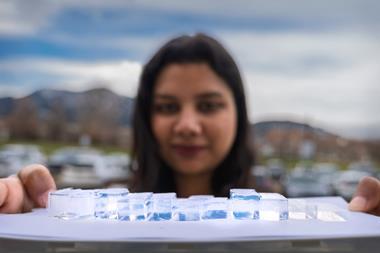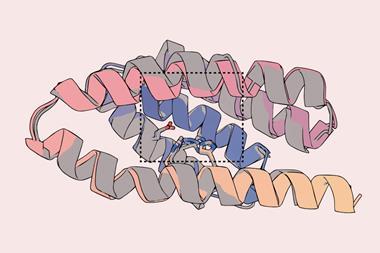As the EU prepares revisions to its registration, evaluation, authorisation and restriction of chemicals (Reach) regulations, researchers are proposing a way of accounting for the growing number of ‘chemical cocktails’ found in the environment and human body.

Current requirements treat each chemical in the marketplace individually and producers must demonstrate safe use, which includes the concentrations in the environment. However, this does not reflect the realities of chemical exposure and risk.
‘We go out and take a bucket of water or blood sample and then we find dozens or even hundreds of chemicals in that sample,’ explains Thomas Backhaus, chair for ecotoxicology and environmental risk assessment at RWTH University Aachen and lead author of the policy forum introducing the mixture allocation factor in Science.
The goal of the mixture allocation factor is to address the reality of mixtures and limit the fraction of total allowable risk any one chemical can have. Industrial chemicals are the proposed first target for the mixture allocation factor, many of which are covered by Reach.
Chemical risk is defined as a ratio of how much is present and how toxic a chemical is. This approach to risk is already in use for chemicals in the EU and provides a risk quotient value. ‘That ratio of exposure to a safe concentration is not allowed to exceed a value of one, so your concentration is never allowed to be higher than the safe concentration,’ explains Backhaus. In the new framework, the whole environment, or sample, is treated as one ‘risk cup’ in which the total risk value of all chemicals present cannot exceed one. The mixture allocation factor, therefore, reduces the maximum risk quotient value of an individual chemical to a value below one.
For example, when a mixture allocation factor of five is applied the allowable risk for each chemical drops from 1 to 0.2. Now when risk quotients for each chemical are estimated they must compare that ratio to 0.2 instead of 1. ‘That’s the only difference,’ says Backhaus, ‘you use the same data, the same approach, but just another target that you are comparing it to.’ In reality, some chemicals will be below the new allotted fraction of risk meaning a riskier chemical can occupy the extra space. But regulators can quickly assess whether the cumulative risk is above one and target the chemicals that contribute the most. ‘You’re not touching those compounds that are emitting low risk but you’re looking at those compounds that are what we call the risk drivers, those that really matter,’ says Backhaus.
According to Backhaus, the approach works for any sample and would not require new data collection methods. ‘We don’t need different approaches for human health and for protecting the environment,’ he says. ‘The numerical factors might be slightly different because we have different compounds in our body and in the water, but the idea is always exactly the same.’
Cynthia Rider, an expert with National Institute of Environmental Health Sciences, who spoke to Chemistry World in a personal capacity, says that while the mixture allocation factor is a pragmatic start, adjustments may be required. ‘I think we won’t know if it is too conservative or not conservative enough until the actual [mixture allocation factor] value is established, and we see how it is implemented.’
For Claus Svendsen at the UK Centre for Ecology & Hydrology, ‘the main difficulty will still be identifying which chemicals to include in a given mixture assessment’. For example, pesticides and pharmaceuticals, which are explicitly designed to affect living organisms, may need their own allocation factor values.
Backhaus agrees that adjustments will be required as more data on the types and levels of co-occurring chemicals becomes available but starting with industrial chemicals is a logical first step. ‘We start now with industrial chemicals because that’s where the biggest number is, but perhaps not the most toxic chemicals and not the most risky chemicals.’












No comments yet